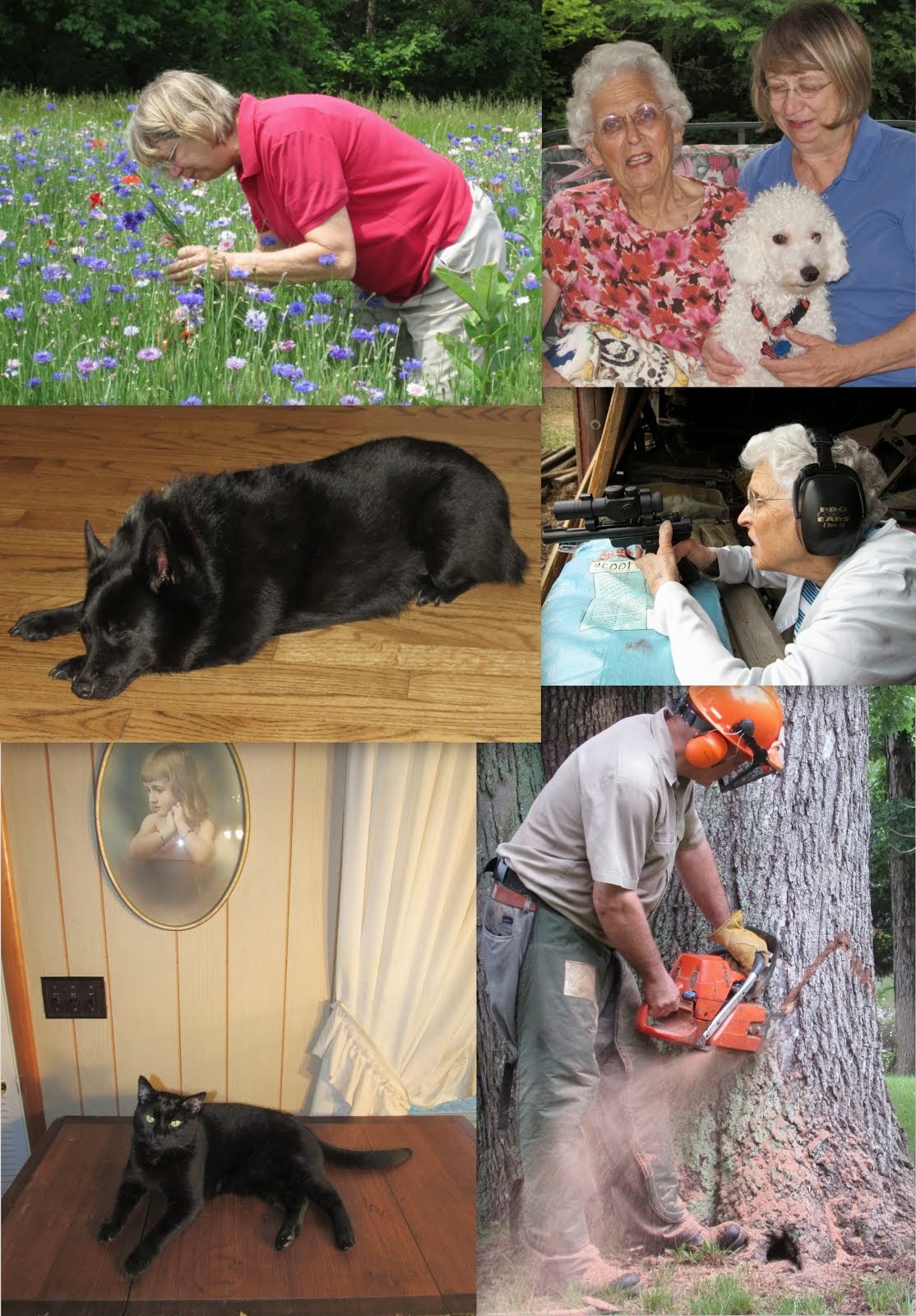Friday, December 27, 2013
Weekend Steam: A Reunion Of Sorts
Back in '06 I was up in Minnesota for a couple weeks on fire duty with a Forest Service crew. I was riding in the back seat of their truck all the way up and back, and as we neared Duluth, Minnesota on the way home I saw a really big locomotive sitting on the west side of the road. Well that engine just appeared in a slide/video show on YouTube, and I have been having a good time watching it. It was uploaded by whj58, and I include his writeup for your educational pleasure.
"Yellowstone Locomotive Duluth, Missabe and Iron Range Railway Minnesota DM&IR 2-8-8-4 steam locomotive.These locomotives were based upon 10 2-8-8-2s that Baldwin had built in the 1930s for the Western Pacific Railroad. The need for a larger, coal burning firebox and a longer, all-weather cab led to the use of a four-wheel trailing truck, giving them the "Yellowstone" wheel arrangement. They were the most powerful Yellowstones built, producing 140,000 lbf (620 kN) of tractive effort, and had the most weight on drivers so that they were not prone to slipping.
Eight locomotives (class M-3) were built by Baldwin in 1941. The Yellowstones met or exceeded the DM&IR specifications so ten more were ordered (class M-4). The second batch was completed late in 1943 after the Missabe's seasonal downturn in ore traffic, so some of the new M-4s were leased to and delivered directly to the Denver & Rio Grande Western.
The next winter the D&RGW again leased the DM&IR's Yellowstones as helpers over Tennessee Pass, Colorado and for other freight duties. The Rio Grande returned the Yellowstones after air-brake failure caused Number 224 to wreck on the Fireclay Loop. This was despite the Rio Grande's earlier assessment that these Yellowstones were the finest engines ever to operate there.
DM&IR's were the only Yellowstones to have a high-capacity pedestal or centipede tender, and had roller bearings on all axles. Some of the locomotives had a cylindrical Elesco feedwater heater ahead of the smoke stack, while others had a Worthington unit with its rectangular box in the same location.
Only one Yellowstone was retired before dieselization took place on the Missabe; Number 237 was sold for scrap after a wreck. The rest of the 2-8-8-4s were retired between 1958 and 1963 as diesel locomotives took over.
Three of the eighteen built still survive and are on display: Number 227 at the Lake Superior Railroad Museum in Duluth, Minnesota, Number 225 in Proctor, Minnesota, and Number 229 in Two Harbors, Minnesota."
"Yellowstone Locomotive Duluth, Missabe and Iron Range Railway Minnesota DM&IR 2-8-8-4 steam locomotive.These locomotives were based upon 10 2-8-8-2s that Baldwin had built in the 1930s for the Western Pacific Railroad. The need for a larger, coal burning firebox and a longer, all-weather cab led to the use of a four-wheel trailing truck, giving them the "Yellowstone" wheel arrangement. They were the most powerful Yellowstones built, producing 140,000 lbf (620 kN) of tractive effort, and had the most weight on drivers so that they were not prone to slipping.
Eight locomotives (class M-3) were built by Baldwin in 1941. The Yellowstones met or exceeded the DM&IR specifications so ten more were ordered (class M-4). The second batch was completed late in 1943 after the Missabe's seasonal downturn in ore traffic, so some of the new M-4s were leased to and delivered directly to the Denver & Rio Grande Western.
The next winter the D&RGW again leased the DM&IR's Yellowstones as helpers over Tennessee Pass, Colorado and for other freight duties. The Rio Grande returned the Yellowstones after air-brake failure caused Number 224 to wreck on the Fireclay Loop. This was despite the Rio Grande's earlier assessment that these Yellowstones were the finest engines ever to operate there.
DM&IR's were the only Yellowstones to have a high-capacity pedestal or centipede tender, and had roller bearings on all axles. Some of the locomotives had a cylindrical Elesco feedwater heater ahead of the smoke stack, while others had a Worthington unit with its rectangular box in the same location.
Only one Yellowstone was retired before dieselization took place on the Missabe; Number 237 was sold for scrap after a wreck. The rest of the 2-8-8-4s were retired between 1958 and 1963 as diesel locomotives took over.
Three of the eighteen built still survive and are on display: Number 227 at the Lake Superior Railroad Museum in Duluth, Minnesota, Number 225 in Proctor, Minnesota, and Number 229 in Two Harbors, Minnesota."
Subscribe to:
Post Comments (Atom)







No comments:
Post a Comment